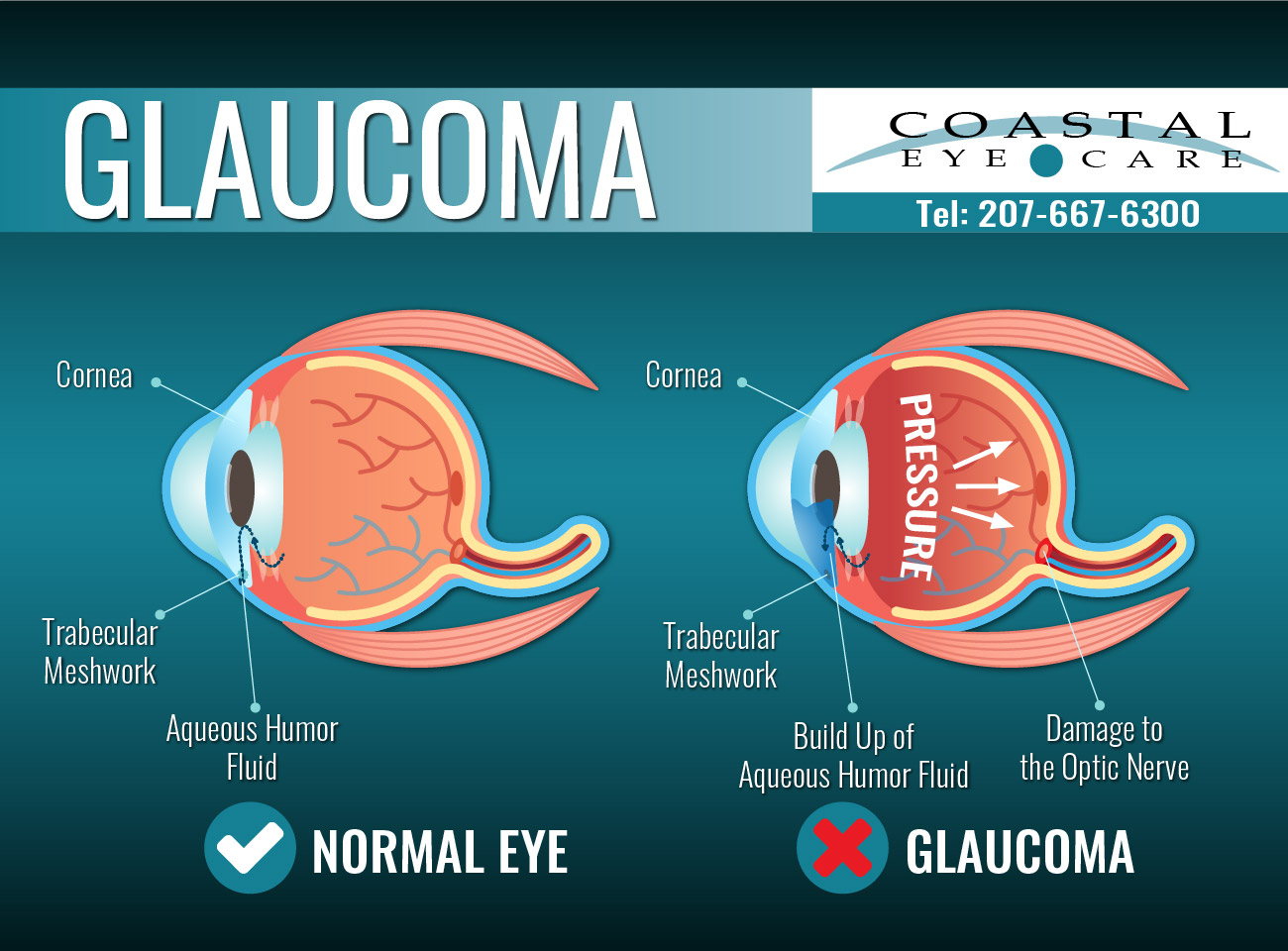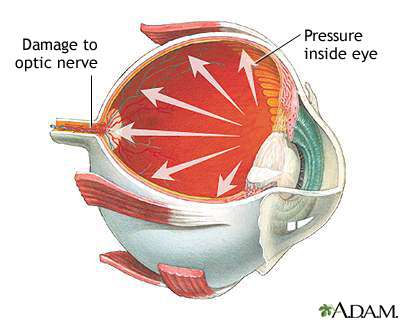Cutting-edge Refractive Surgeries in AL: Change Your Vision Today
Cutting-edge Refractive Surgeries in AL: Change Your Vision Today
Blog Article
Recognizing the Various Vision Adjustment Procedures Available for Clearer View
In the realm of vision improvement procedures, a wide range of alternatives exist to attend to refractive errors and provide people with more clear view. From the widely recognized LASIK surgical treatment to much less intrusive treatments like PRK and implantable lenses, the area of ophthalmology offers a series of methods customized to fit various demands and choices. Each treatment features its very own collection of factors to consider, advantages, and potential risks. Understanding the nuances of these vision modification approaches is essential for making notified choices concerning one's aesthetic health and wellness. Allow's check out the details of these treatments and clarified the course to attaining boosted vision quality.
LASIK Surgery
LASIK surgical treatment is a common refractive procedure used to deal with vision troubles such as astigmatism, farsightedness, and nearsightedness - retina service near me. This surgical technique, which stands for Laser-Assisted sitting Keratomileusis, aims to reshape the cornea to enhance exactly how light is focused on the retina, inevitably improving vision clarity. Throughout the procedure, a slim flap is produced on the cornea, and a laser is utilized to eliminate specific amounts of cells to reshape it suitably. This reshaping permits light to be precisely focused onto the retina, remedying refractive errors.
One of the key advantages of LASIK surgery is the rapid improvement in vision experienced by clients. Generally, LASIK surgical procedure is a preferred selection for people looking for a long-lasting remedy for their vision troubles.
PRK Procedure
While additionally a typical refractive procedure, the PRK (Photorefractive Keratectomy) strategy differs from LASIK surgical procedure in its technique to fixing vision problems. In PRK, as opposed to producing a flap on the cornea, the outer layer of the cornea, called the epithelium, is entirely eliminated. This permits the laser to reshape the cornea to correct refractive mistakes such as nearsightedness, farsightedness, and astigmatism straight on the surface.

In spite of the longer recuperation time, PRK can produce outstanding cause vision enhancement, making it a valuable option for those that may not appropriate candidates for LASIK surgical procedure.
Implantable Lenses
Unlike PRK where the cornea is reshaped directly, implantable lenses provide an additional approach for fixing vision by putting synthetic lenses inside the eye. This treatment is especially advantageous for people with high levels of astigmatism, nearsightedness, or farsightedness that may not appropriate prospects for laser surgical procedures like LASIK or PRK.
Implantable lenses, also called phakic intraocular lenses, work by supplementing the eye's natural lens with a synthetic one. refractive surgeries in al. These lenses can be positioned before the all-natural lens (former chamber) or behind the iris and in front of the natural lens (posterior chamber) By changing the power and positioning of these lenses, eye doctors can effectively correct refractive mistakes and boost aesthetic acuity
One advantage of implantable lenses is that they are removable and exchangeable, giving adaptability for future changes. Nonetheless, similar to any kind of procedure, there are threats entailed, such as infection or cataract development. Individuals considering implantable lenses need to seek advice from an eye treatment expert to establish one of the most appropriate alternative based upon their individual requirements and eye health.
Corneal Rings
Corneal rings, likewise called intracorneal ring sectors, are small, clear devices placed right into the cornea to remedy vision distortions such as keratoconus. Keratoconus is a problem where the cornea thins and protrudes outside, creating vision to become published here altered. The insertion of corneal rings assists to squash the cornea, enhancing visual acuity and lowering the uneven astigmatism created by keratoconus.
The procedure for placing corneal rings is relatively quick and minimally intrusive, commonly performed as an outpatient treatment. Throughout the surgical treatment, the eye doctor makes a small laceration in the cornea and inserts the rings at a particular deepness. Once in position, the rings help to reshape the cornea, supplying a smoother surface area for light to enter the eye, which can lead to more clear vision.
Corneal rings are considered a relatively easy to fix treatment, as they can be removed or replaced if needed. glaucoma service near me. While they may not completely remove the need for glasses or get in touch with lenses, corneal rings can considerably boost vision quality and overall aesthetic convenience for people with keratoconus or various other corneal abnormalities
Refractive Lens Exchange
Adhering to the improvement of corneal abnormalities with procedures like corneal rings, one more vision improvement technique that can resolve refractive mistakes is Refractive Lens Exchange (RLE) RLE is a medical treatment that entails changing the eye's natural lens with an artificial intraocular lens (IOL) to correct refractive mistakes such as presbyopia, farsightedness, and nearsightedness. This procedure is particularly useful for people that might not appropriate candidates for treatments like LASIK or PRK because of aspects such as slim corneas or high refractive mistakes.

Conclusion
In final thought, there are various vision adjustment procedures available to help people attain more clear view. LASIK surgical procedure, PRK treatment, implantable lenses, corneal rings, and refractive lens exchange are all alternatives that can address different vision issues.
In the realm of vision correction treatments, a multitude of options exist to deal with refractive errors and offer individuals with more clear sight.LASIK surgical procedure is an usual refractive procedure used to fix vision troubles such as astigmatism, farsightedness, and nearsightedness.While also a common refractive procedure, the PRK (Photorefractive Keratectomy) technique varies from LASIK surgery in its important link method to remedying vision issues.Following the correction of corneal abnormalities with treatments like corneal rings, one more vision adjustment technique that can resolve Check Out Your URL refractive errors is Refractive Lens Exchange (RLE) LASIK surgery, PRK treatment, implantable lenses, corneal rings, and refractive lens exchange are all choices that can deal with various vision problems.
Report this page